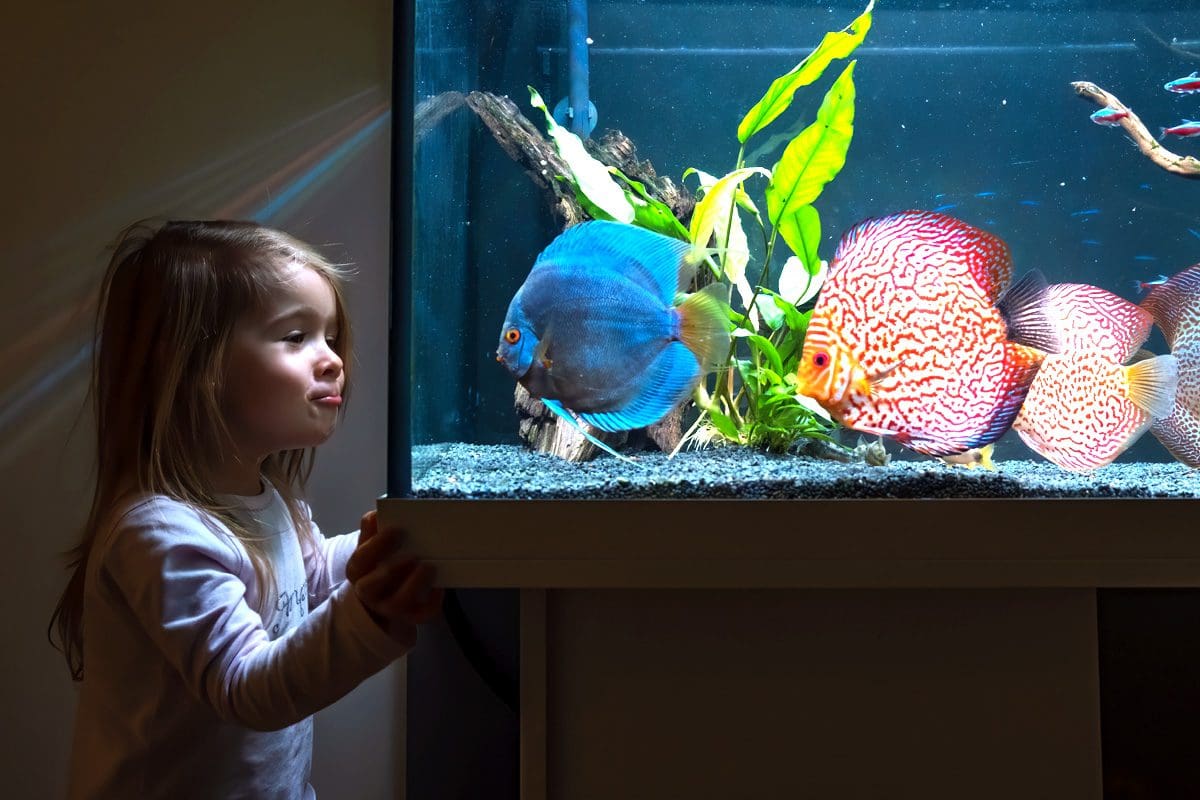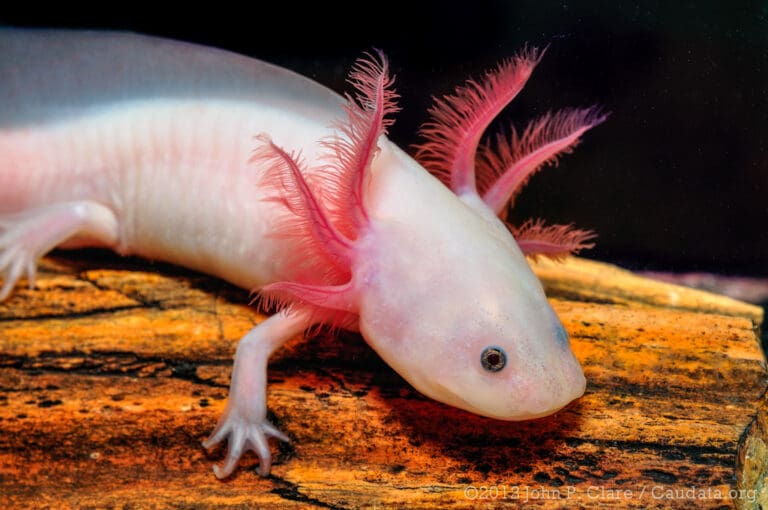There is a wide variety of choices for aquarium filtration, each with advantages and drawbacks. Among the many options is the classic undergravel filter, a time-tested device that has been a staple in the aquarium hobby for decades.
In this article, we’ll explore the world of undergravel filters, discussing their benefits, how they work, which aquarium types suit them best, the best way to use them, and essential maintenance tips.
The Benefits of an Undergravel Filter
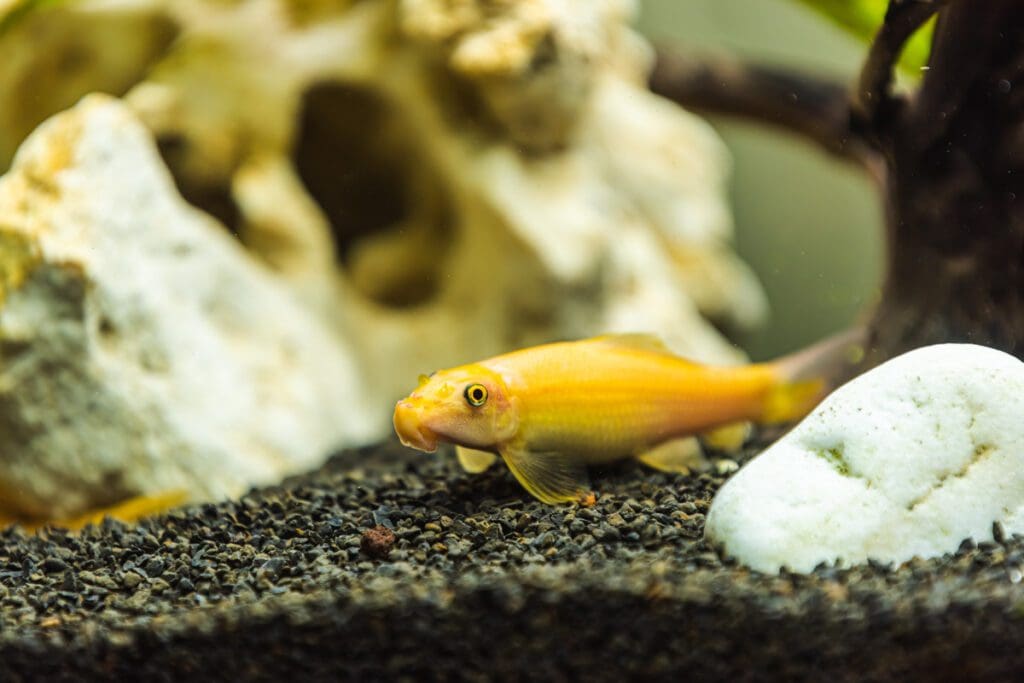
The main advantage of undergravel filters is their aesthetic quality. However, they offer several benefits. These include:
1. Biological Filtration
They provide an excellent platform for beneficial bacteria to thrive. These bacteria convert harmful ammonia and nitrite into less toxic nitrate, helping maintain water quality.
2. Low Visibility
Undergravel filters are discreet and don’t disrupt the aesthetics of your aquarium, as they are hidden beneath the substrate.
3. Oxygenation
By drawing water through the substrate, they promote oxygenation and circulation, which is beneficial for fish and plant health.
The Cons of an Undergravel Filter
Although an undergravel filter has several benefits, including being less unsightly or messy than filters that hang on the tank or the use of canisters, they do have some drawbacks worth considering.
1. More Difficult to Clean
You will need to completely break down your aquarium to be able to fully clean it and will have to start over afterward.
2. Ammonia and Nitrate Levels are Easier to Elevate
Because excessive amounts of debris can accumulate in the gravel, this can cause an elevation in the levels of ammonia and nitrate, which can make the water dangerous or toxic to your fish.
How Undergravel Filters Work
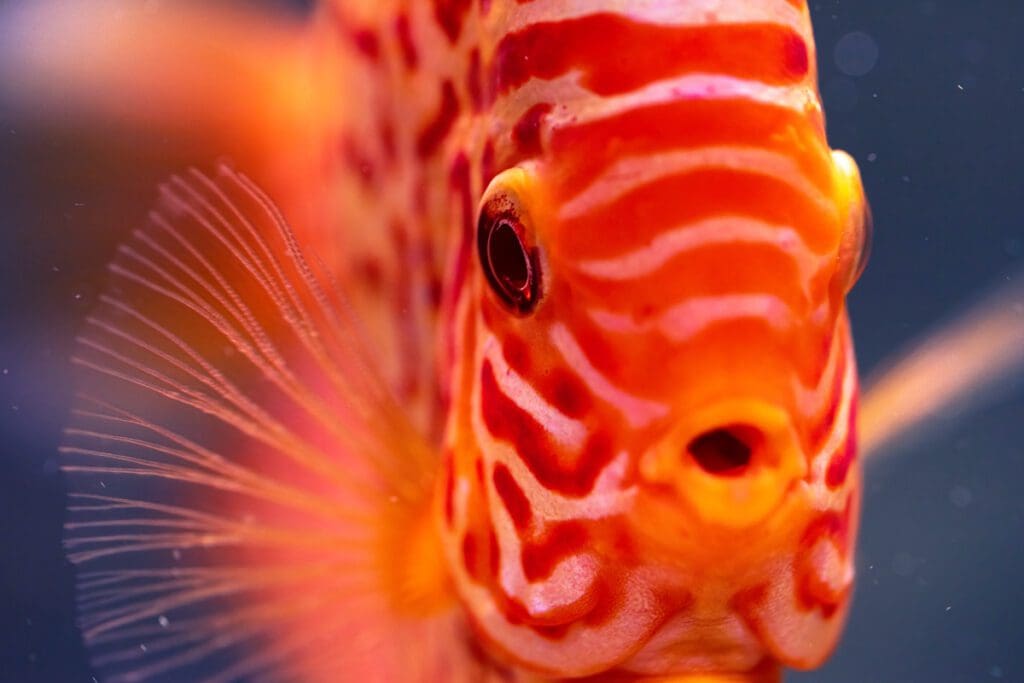
These filters consist of plastic or perforated plates that are placed beneath the substrate. Water is drawn through the substrate and into the filter plates via the use of an air pump and air stones. As water passes through it, good bacteria colonize the gravel, breaking down ammonia and nitrite. Once clean, the water is returned to the tank through uplift tubes.
An undergravel filter is comprised of a flat, rectangular plastic plate that will rest at the bottom of the aquarium. When installing the filter, you’ll need to begin with an empty tank. The plate needs to cover the entire bottom of the aquarium, so you may need more than one filter plate for a large tank.
In addition, be aware that some filters include additional pieces like foam sponges or activated carbon containers that attach to the uplift tubes. However, except for a few specific setups, these components are not needed in most filter setups.
Aquarium Types Best Suited for Undergravel Filters
Undergravel filters work well in specific aquarium setups, such as the following:
1. Small Tanks
Betta tanks and other small aquariums are well-suited to the use of an undergravel filter.
2. Breeding Tanks
An undergravel filter may be a good choice for a breeding tank when there are no specific guidelines for substrate when breeding.
3. Hospital and Quarantine Tanks
Typically, because hospital and quarantine tanks are only intended for temporary use and have no substrate and limited decor, they are also an ideal choice for the use of an undergravel filter with some gravel.
4. Freshwater Planted Tanks
Undergravel filters can be suitable for freshwater planted tanks with moderate fish loads. The oxygen they provide benefits both plants and fish.
5. Species-Only Tanks
Tanks dedicated to specific species, like some cichlids or bettas, can benefit from this type of filter.
The Best Way to Use an Undergravel Filter
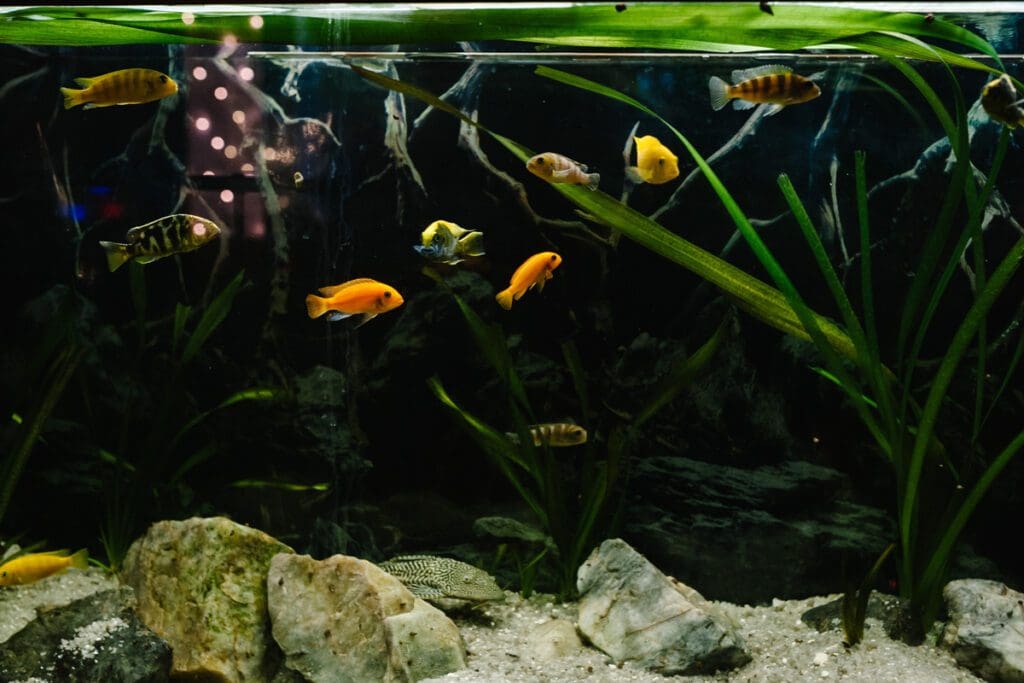
Getting the best performance out of an undergravel filter is a matter of ensuring that you follow these four steps:
1. Choose the Right Gravel
Use a coarse gravel substrate, (no sand), with a grain size between 2-5mm. This size allows water to flow effectively through the gravel bed.
2. Position Air Stones Correctly
Place air stones evenly across the filter plates to ensure even water flow.
3. Keep the “Bio-Load” Low
Limit the number of live components you keep in the tank.
4. Choose and Set Up the Filter Plate Correctly
First, be sure to select a filter with a rigid undergravel plate. Next, be sure to use enough filter plates to cover the bottom of the tank. Cover the filter plate with 1-2 inches of gravel.
Maintaining an Undergravel Filter
Maintenance is essential for optimal performance. Here are four key steps to properly caring for your filter.
1. Gravel Vacuuming
Regularly vacuum the substrate to remove debris that may clog the gravel bed and hinder water flow.
2. Clean Plates and Uplift Tubes
During water changes, you should clean the filter plates and uplift tubes to prevent clogs.
3. Monitor Bacterial Colonies
Keep an eye on the health of your tank by monitoring ammonia and nitrite levels.
4. Monitor Water Quality
Regularly test water levels to ensure the filter is working properly. Perform water changes as needed.
Final Words
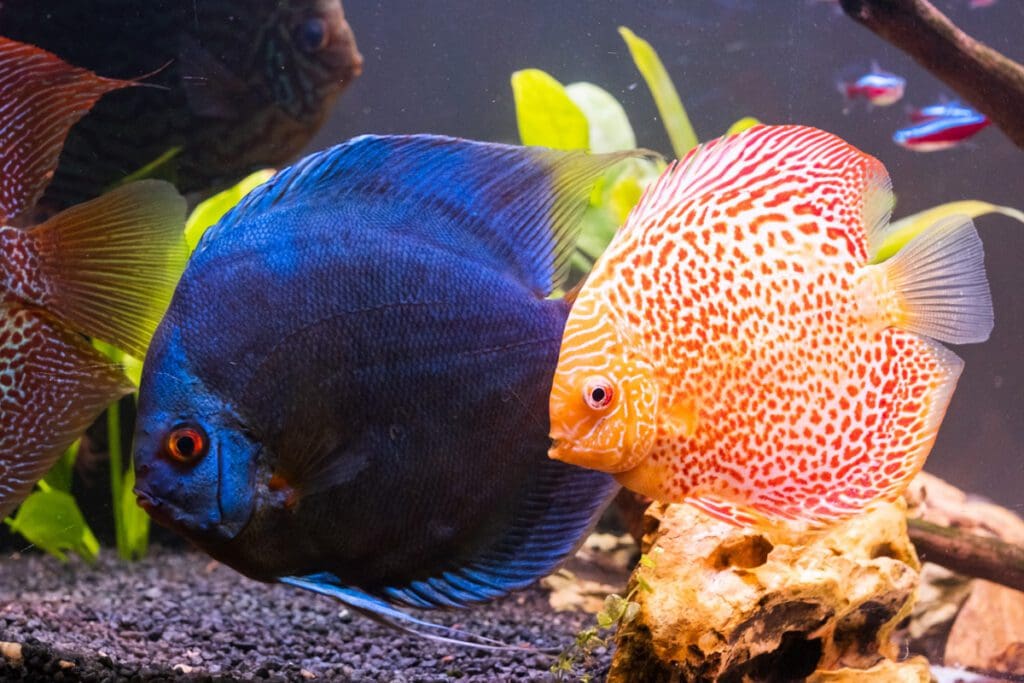
Undergravel filters have their place in the aquarium hobby, offering reliable biological filtration and oxygenation benefits. They may not be suitable for all aquarium types, but they can be an excellent choice for specific setups, particularly freshwater-planted tanks, and species-only tanks.
And while they do have a few cons, these can be fixed through proper setup and regular maintenance. These are key to harnessing the full potential of undergravel filters in your aquarium.

